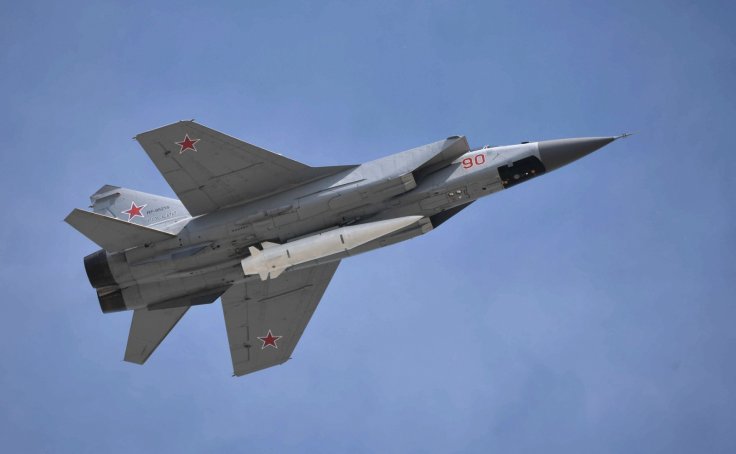Every weapon in modern-day warfare comes with an anti-weapon system. For regular missiles, there is an anti-missile system. But for long now, defense scientists have been scratching their heads regarding how to stop hypersonic missiles that travel at five times the speed of sound.
Conventional air-defense systems can track a missile and destroy it before it reaches the target but aren't very useful against such hypersonic ones. If a swarm if hypersonic missiles are launched, it may prevent one or two but will miss out on the most due to its fast speed and near-space travel path.
In-Between Space
With Russia and China both (besides India) possessing hypersonic missiles, the U.S. has been trying to develop an answer. The current technology isn't designed for such missiles. Ground-based radars can detect a missile up to 80,000 feet altitude while the satellites are designed for altitudes higher than 150,000 feet. Since the hypersonics travel between the altitude of 80,000 and 150,000 feet, making it difficult for either to detect. Michael White, Principal Pentagon Director for Hypersonics, called it "in-between space".
"Our air defense systems and our missile defense systems are designed to operate on either side of that near-space operating zone," White said. "So, right from the very beginning, we really don't have a system where the sensor architecture looks effectively in the near-space regime."

'Gap in Defense'
The technological limitations leave a gap in defense — something a country like the U.S. won't leave to chance. As hypersonics can maintain a "sustained speed" before hitting the target at extraordinary speed, another hypersonic missile is a possible solution, reported National Interest. However, an ant-hypersonic missile will have to travel faster than its counterpart, making it a difficult proposition.
"The challenge with hypersonic systems is that they fly in a region of the atmosphere, the hypersonic speed allows sustained flight in the upper regions of the atmosphere, so they fly at a range that some people call near-space, say between 80,000 and 150,000 feet. Without hypersonic speeds, you don't have enough lift to fly at that altitude with the low densities. And so, hypersonic speed really enables sustained flight there," White added.
AI-Powered Technology
The other possible solution that Pentagon is looking at is an artificial intelligence-powered high-sensing interceptor. The AI engine will be able to detect the trajectory of the hypersonic and shoot a missile to strike it down before it reaches the target. It could also be in sync with the defense satellites so if they detect a supersonic movement, it would alert the ground-based AI engine to launch a strike. What they need is a constellation of low-earth-orbit satellites that can detect such missiles.



The U.S. Department of Defense already has a contract with SpaceX to do just that. The U.S. military has planned to upgrade SpaceX's Starlink satellite constellation to use it as an alternative to GPS for navigation while another satellite system would help them in detecting missiles. Pentagon is already looking at autonomation to do much of its job.
However, for now, Washington doesn't have an answer to the hypersonic threat but with an increase in the defense budget for modernization under President Donald Trump, Pentagon is eager to find a solution quickly.
"So, all that challenge pulled together makes the defense against hypersonic threat problem very, very hard. The approach we're taking is to extend the traditional layered defense approach that we do at air defense and ballistic missile defense, and that we're looking at how do we engage hypersonic threats in the terminal," White said.









